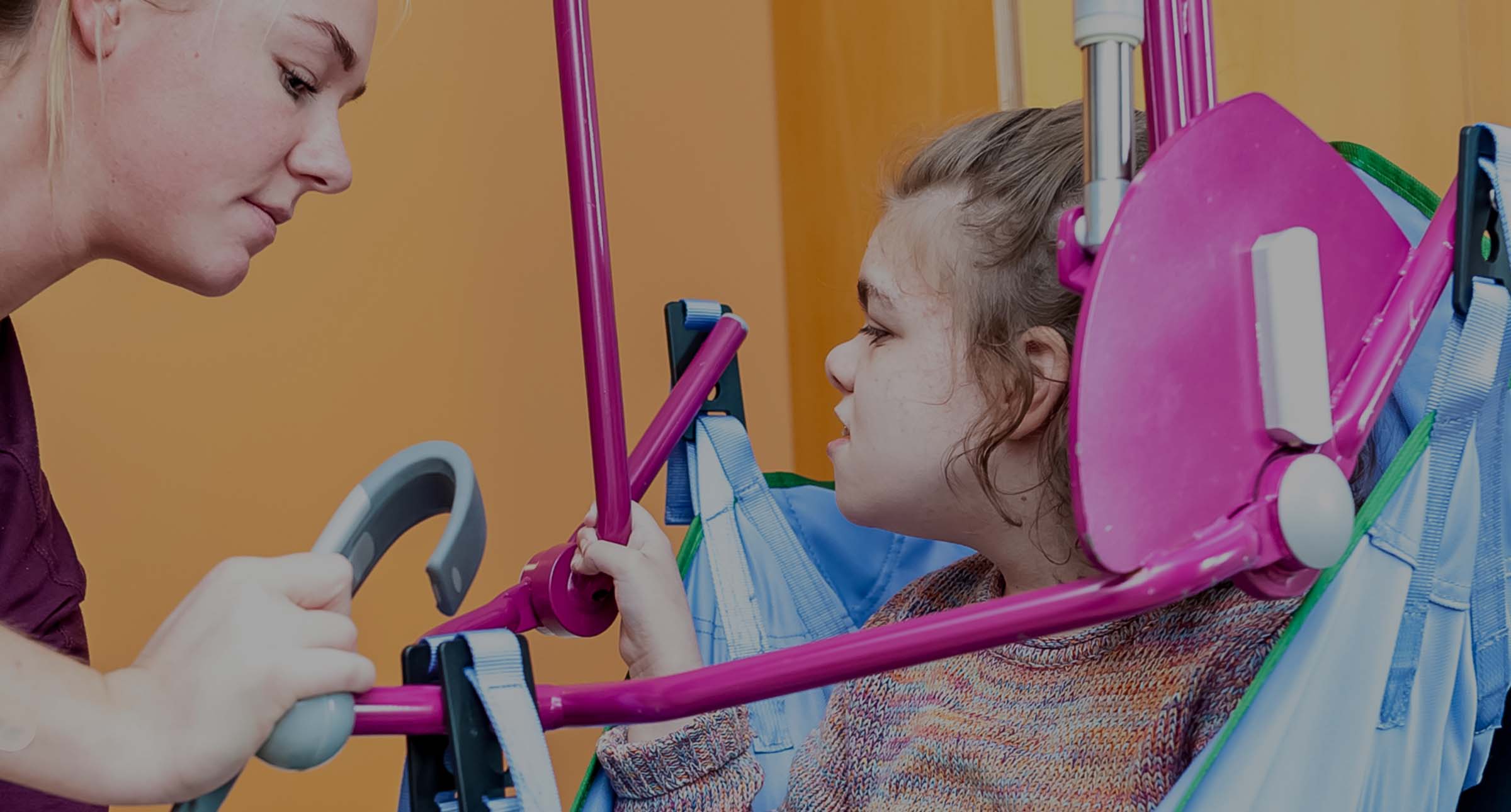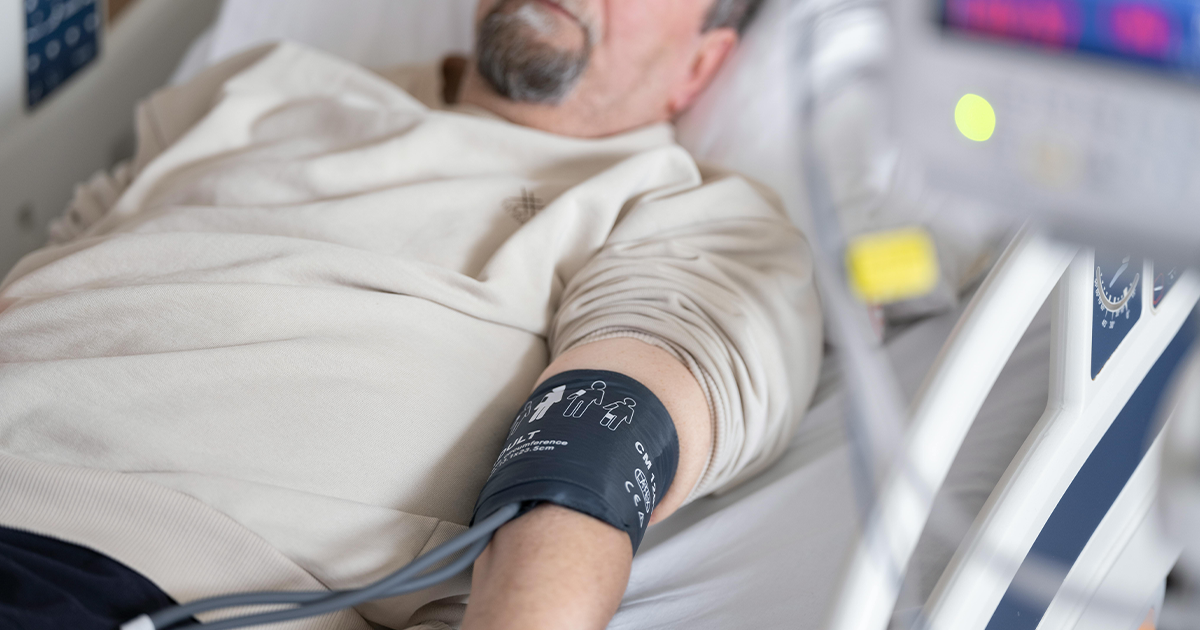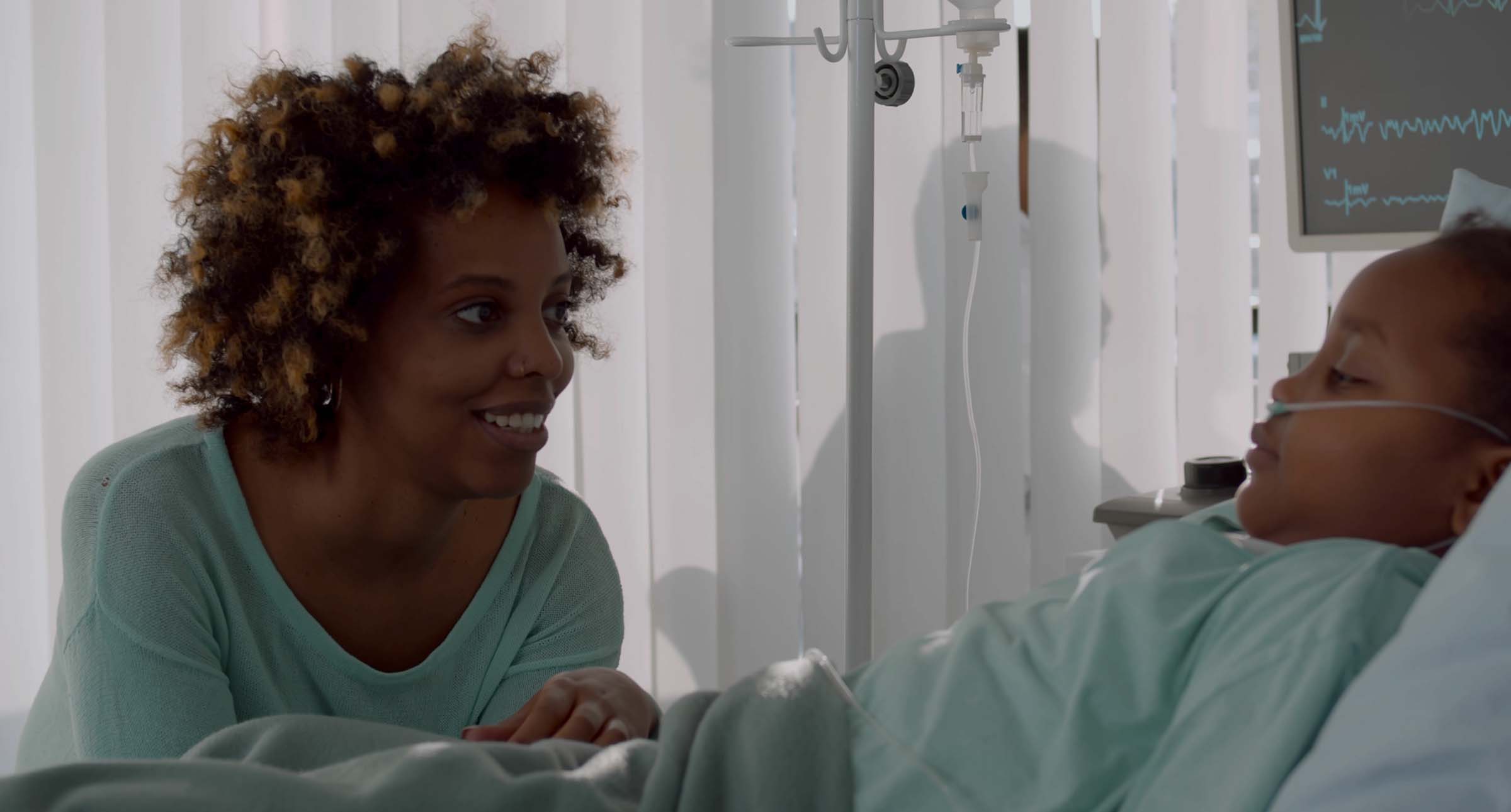

Make a claim for stroke negligence
Failing to treat, a delay in treating and/or misdiagnosing a stroke can have a devastating impact on someone’s health and disability, and can cause potentially avoidable brain damage. If this has happened, we can help you make a claim for compensation.
Call us now for a free consultation on whether you have a claim
Here to help when a stroke has been negligently treated
When you or a loved one has suffered a stroke, and it has been treated negligently, the impact on your life can be huge.
Stroke cases dealt with at RWK Goodman have included:
- a failure to treat high blood pressure which led to an avoidable stroke.
- a failure to provide clot-busting therapy.
- a delay in performing a scan
- a delay in diagnosing a haemorrhage and a delay in surgical or medical treatment
- a delay in performing abdominal surgery leading to severe sepsis which in turn resulted in an increased risk of clotting, leading to a stroke.
What makes RWK Goodman a good firm to choose for claims involving stroke?
RWK Goodman has a huge wealth of experience in looking after clients and families affected by acquired brain injuries such as stroke.
We have built relationships with some of the best medical experts in the country who can advise the court on the standard of care that you or your loved one has received.
We believe in maximising the quality of life for all our clients affected by brain injury and work with experienced therapists and equipment specialists who can advise on optimising your ongoing rehabilitation.
- Specialist, top tier medical negligence solicitors
- Offices serving all of England & Wales
- Accredited by the Law Society, APIL and AvMA
- No win, no fee funding available
Whatever your situation, call us today for a free consultation on whether you have a claim
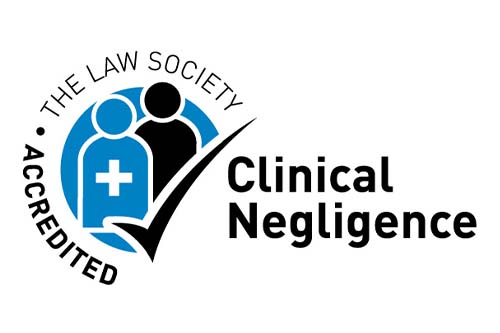
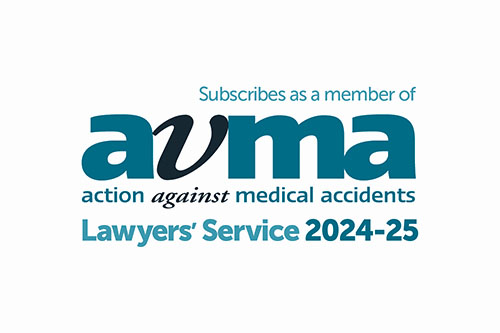
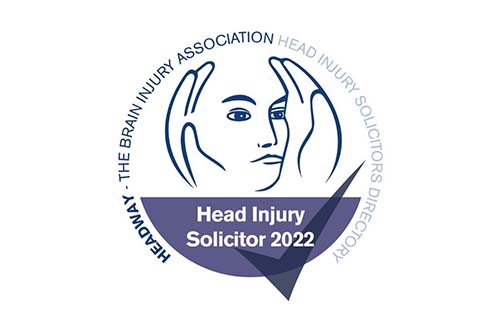

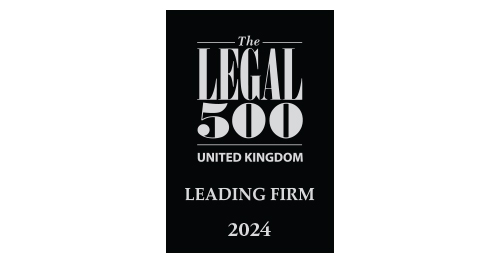
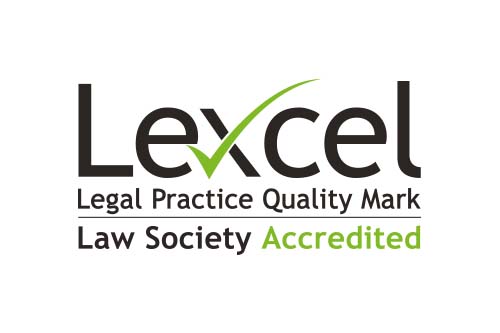
If you are admitted to Accident & Emergency with a suspected stroke (not a TIA) you will be sent for a CT scan. This scan is not to diagnose the stroke but to exclude a bleed as the cause of your symptoms. The reason for this is that if your stroke is caused by a bleed then clot-busting therapy would be a bad course of action as it will simply make your bleed worse.
If you are a suitable candidate then you will be given clot-busting therapy and/or other drugs which reduce the stickiness of your blood (platelet inhibitor). One of the most commonly known is aspirin. Other drugs that may be given include heparin and warfarin.
You may also need an ultrasound test or further complex scanning to check for blockages in the main arteries in the neck which supply your brain with blood.
The National Institute for Clinical Excellence (N.I.C.E.) has produced detailed guidelines on treatment and management of a stroke here.
If your stroke has been caused by a blockage in one of your neck arteries such as the carotid artery you may require an operation to clear the clot.
A nationally recognised assessment in the community to identify a suspected stroke is known as F.A.S.T. (face, arm, speech, time). You may have seen adverts on the television.
People who are admitted to Accident & Emergency with a suspected stroke or TIA should have the diagnosis established very quickly using a particular tool known as R.O.S.I.E.R (recognition of stroke in the emergency room). This is generally done by way of a scoring system, as explained in the NICE Guidelines.
People who had a suspected TIA who are at high risk of further stroke should be given aspirin immediately, if there is no evidence that this course of action would be wrong.
If the ambulance crew picks you up from home and thinks you may have had a stroke, they should try and take you to the nearest hospital that provides clot-busting therapy. It is standard practice to pre-alert the hospital. This means phoning the hospital in advance so that, by the time you get to the Accident & Emergency room, the stroke team will already be waiting for you and there is no further delay.
Clot-busting therapy (Thrombolysis)
There is a time period in which thrombolysis or clot-busting therapy can be given safely. This is generally thought to be between 3-4 hours from the onset of symptoms.
If the thrombolysis treatment is given early for someone who has had a stroke (as a result of a clot) then this may reduce the effect of the stroke and can particularly reduce disability.
Unfortunately, thrombolysis is not available in all hospitals and some people may not be eligible for this. The Accident & Emergency department and/or your doctor will consider whether you are eligible for this treatment.
If a person is eligible for clot-busting therapy then, as previously stated, this must be given within 3-4 hour time window from the onset of symptoms. It is therefore very important for the doctor to know when symptoms first started. It is very difficult to know when the symptoms started if a person woke up with them, as the stroke may have occurred sometime before this. Clot-busting therapy must be given by staff who have been appropriately trained and where there are the appropriate facilities to monitor appropriately.
If a diagnosis of stroke caused by a clot and not a bleed has been made, and the symptoms are continuing, then you will be admitted to hospital under the stroke team. It may be necessary to transfer the person to another hospital for further treatment if it is not available at that particular hospital and it is safe to do so. If transfer is needed before clot-busting therapy can be given then this must be done as soon as possible within the 3-4 hour window for treatment.
It is important for stroke patients to be admitted into a specialised stroke unit where they will get appropriate treatment and more importantly effective rehabilitation.
Call us now if you believe you or a loved one has experienced negligent care
What is a stroke? – The three types of stroke
A stroke occurs when the blood supply to a part of the brain is restricted. This causes a shortage of oxygen and glucose which is needed for cell metabolism (it is what keeps tissue alive). Another word to describe this is ischaemia. Ischaemia is caused by a blockage in the blood vessels supplying arterial blood to the brain. Some strokes can be caused by a bleed.
Ischaemic strokes account for approximately 80% of all stroke cases. A clot (otherwise known as a thrombus) becomes lodged in a blood vessel causing blockages. These can form in one of the main arteries leading to the brain or as a result of a smaller clot which breaks off from a larger one elsewhere in the body. This smaller clot then travels to a small blood vessel causing a blockage.
Ischaemic strokes can also be as a result of an irregular heart rhythm such as atrial fibrillation. This is where the two upper chambers of the heart (the atria) beat irregularly and not in a normal coordinated rhythm. Blood is therefore not pumped properly out of the upper chambers into the lower chambers (ventricles) and as a result the blood flow is reduced and clots may form.
A person’s risk of having a stroke can be made worse if the blood vessels are narrowed by a build-up of fatty deposits and cholesterol. This material is known as atheroma.
It is also possible for fatty tissues or air bubbles following major trauma to cause a stroke which can migrate to the vessels supplying the brain.
Sometimes these blockages can be temporary and can cause what is known as a ‘mini strokes’, or what the medical profession all transient ischaemic attacks (TIA).
A transient ischaemic attack is a very brief episode where brain function is temporarily lost because of disruption of the blood supply. This can have the effect of causing limb weakness and vision problems that can last for seconds or minutes before the blood supply returns to normal and there is, hopefully, no permanent damage. There is however always a risk of these redeveloping and a TIA can be a warning that a future stroke may occur.
These are caused when blood vessels in or around the brain rupture and cause bleeding. The build-up of blood will press on the brain damaging the tissue.
A stroke is a medical emergency. If you suspect someone is having a stroke you must call 999 immediately. Symptoms will vary from person to person; they will depend on which part of the brain has been affected and for which specific function that part is responsible.
The most common symptoms of stroke are weakness down one side of the body including numbness, drooping on one side of the face, an inability to speak or the words slurred and/or muddled. Some people have problems with their vision, i.e. their sight becomes blurred or they cannot see. With a more serious stroke a person may lose consciousness.
Other medical negligence services
Insight from our legal specialists
View more articles related to Brain Injury and Medical negligence

